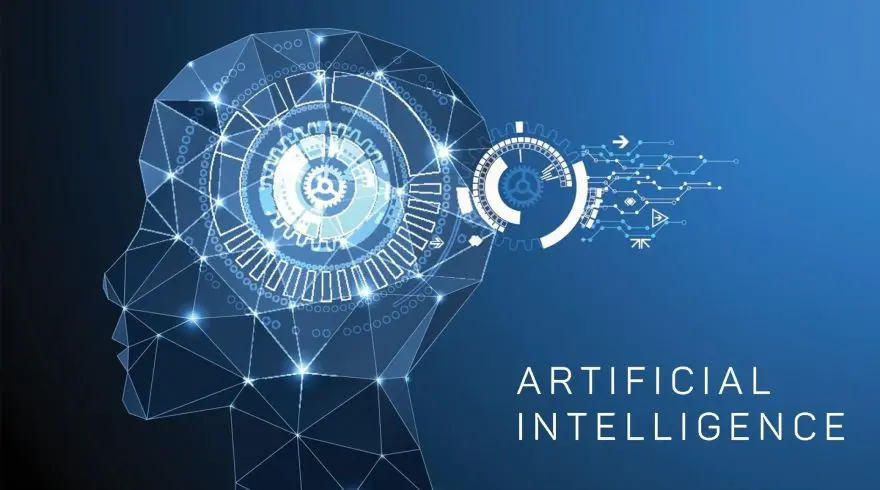AI-generated content raises debate. Some say machines will take human writers’ place. “Others say technology doesn’t have the nuance of human art. Let’s break down the facts.
What Can AI Do Right Now?
Tools like ChatGPT write blog posts, product descriptions, and social media captions. They analyze data, lack language patterns, and generate text in a fraction of a second. For instance, a travel company may create hotel descriptions using artificial intelligence. A news website could automate scores or weather updates.
However, AI struggles with accuracy. A pkwydigital.com test found errors in AI-generated facts, like misstating the number of animals at a zoo. AI also lacks context. It may write a grammatically correct restaurant review but fail to mention if the food tasted bland.
Human vs. Machine: Creativity and Emotion
AI cannot replicate human creativity. A aicontentfy.com article explains that humans connect ideas in unexpected ways. A poet uses personal grief to craft a metaphor. A novelist builds fictional worlds from childhood memories. AI relies on existing data, recycling phrases without genuine insight.
Emotional intelligence matters too. A fundraising campaign needs stories that make readers feel urgency or empathy. AI might generate statistically accurate poverty rates but miss the human angle—like a mother’s struggle to feed her children.
Where AI Fails
- Originality: AI rehashes existing content, risking plagiarism (blog.hubspot.com).
- Voice: Tools often sound robotic. A brand’s playful tone might become stiff.
- Judgment: AI can’t decide if a claim needs evidence or if humor fits a serious topic.
For example, a user on toolify.ai complained about repetitive dialogue boxes disrupting their workflow.
Collaboration, Not Replacement
AI speeds up drafts, outlines, and research. A human writer can:
- Edit AI-generated text to add personality.
- Correct errors (e.g., “Buffalo has a continental climate” vs. AI’s incorrect claim).
- Insert anecdotes or humor.
HubSpot’s AI Content Assistant helps writers start blogs faster but requires human input for depth (blog.hubspot.com).
Ethical Challenges and Loss of Employment
Misinformation can easily spread through overuse of AI. It also threatens jobs. However, searchlaboratory. com says that it takes a lot of time to train this AI; you are better off doing creative work. The writers who train themselves to master the AI tools will be the ones who adapt, who will be delivering strategy and storytelling instead.
The Future: Human-Centric AI
Writers won’t be replaced by AI but will redesign their roles. Abilities like critical thinking, interviewing and emotional storytelling will increase in importance. For example, a tech company may use AI to write a draft press release, but have a human showcase how its software simplifies daily workflows.
Using AI Wisely
- Always Edit, Ruthlessly: Always check the truth of what AI produces and revise;
- Train Tools: Teach AI about your brand voice.
- Combine Strengths: AI for data; humans for narrative.
For example, a marketer could employ AI to discover trending keywords, but then choose to write the content him or herself to include relevant customer testimonials.
AI scribbles rapidly but with no soul. Human writers offer creativity, empathy and judgment. Working together is the way forward; machines do repetitive work; persistently human work is relating. When both complement each other, press releases, blogs, and ads will flourish.
Ready to distribute AI-assisted press releases? Contact us at pressez.com for tools that combine speed and authenticity.



